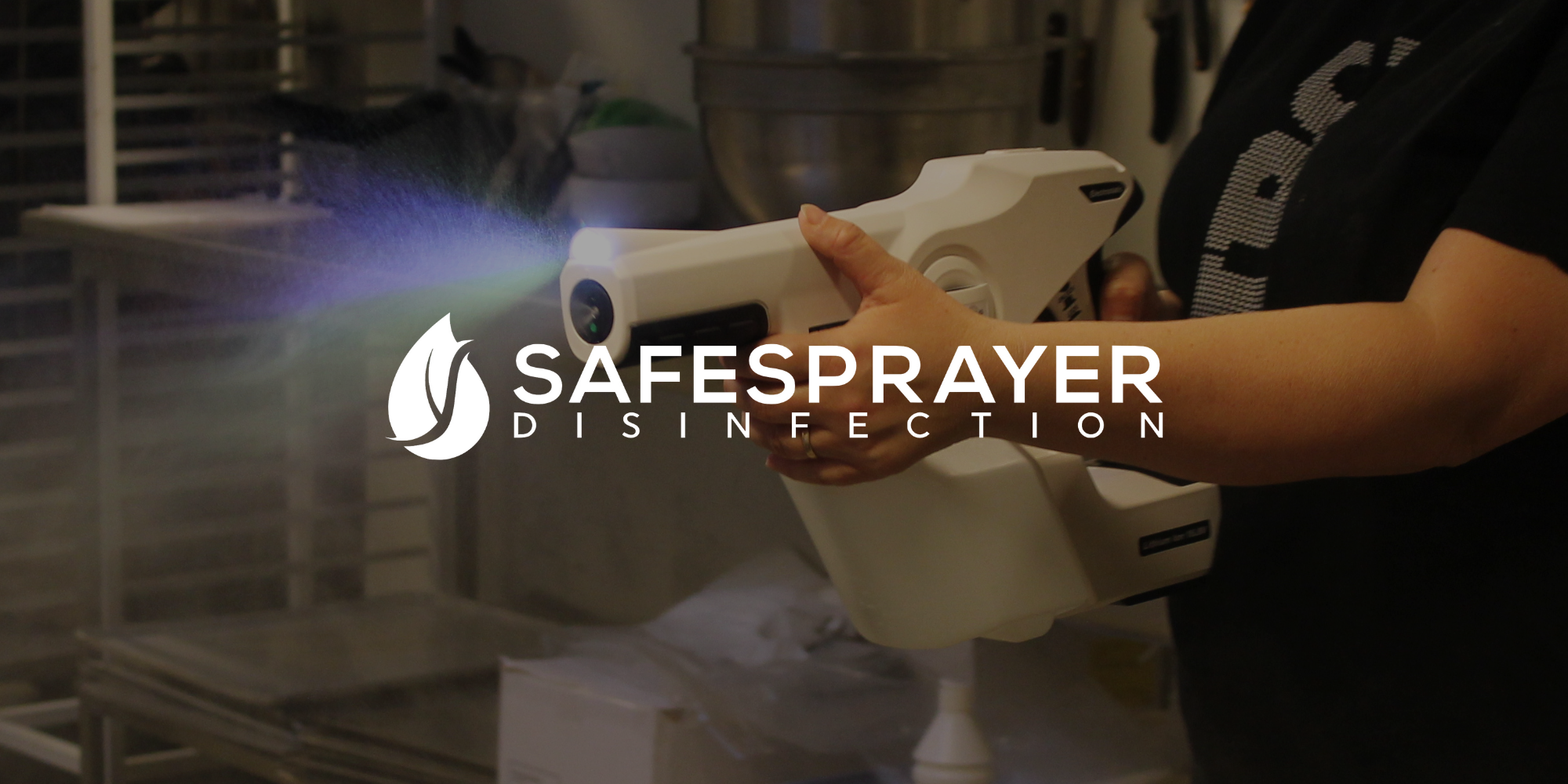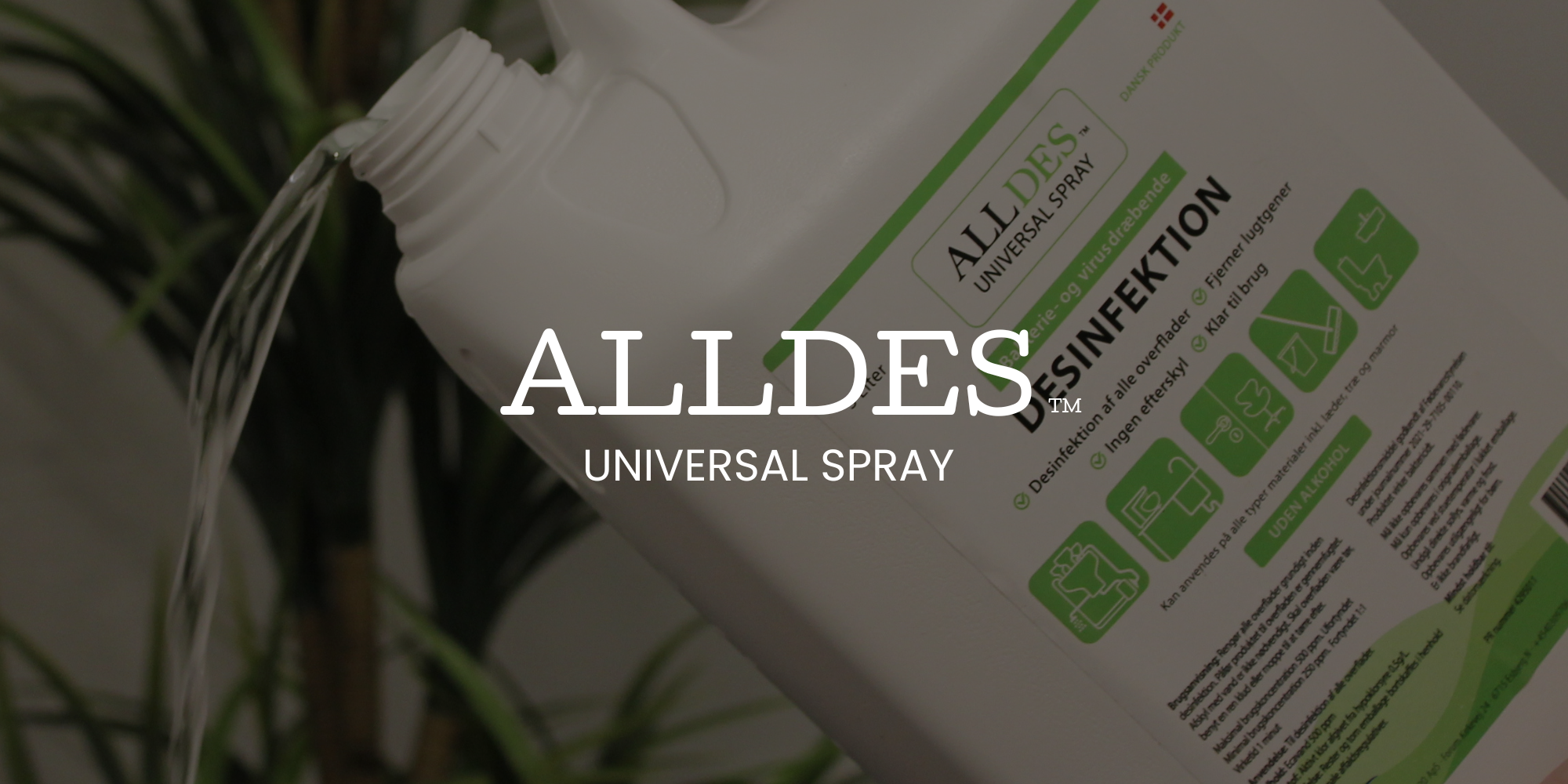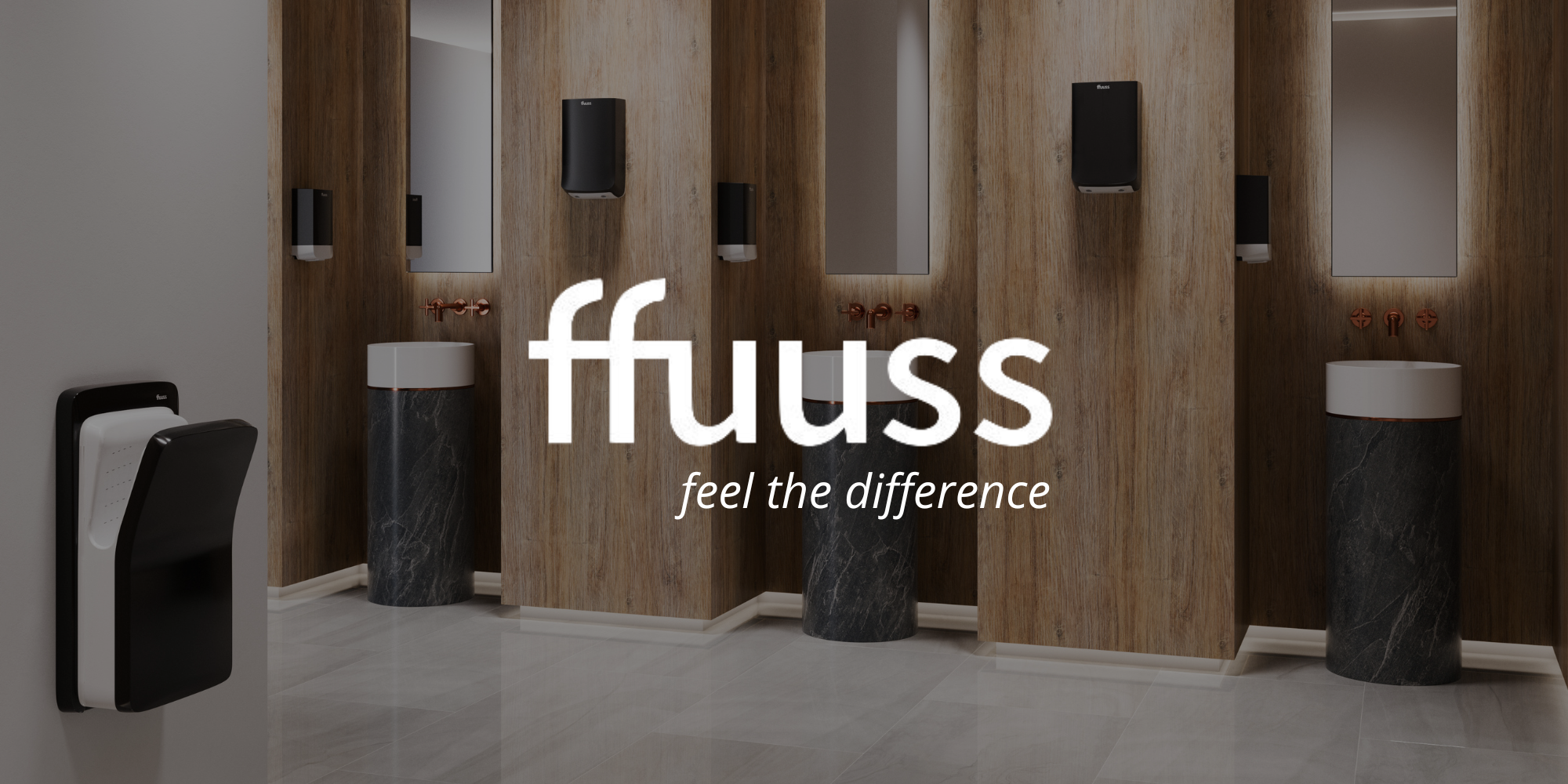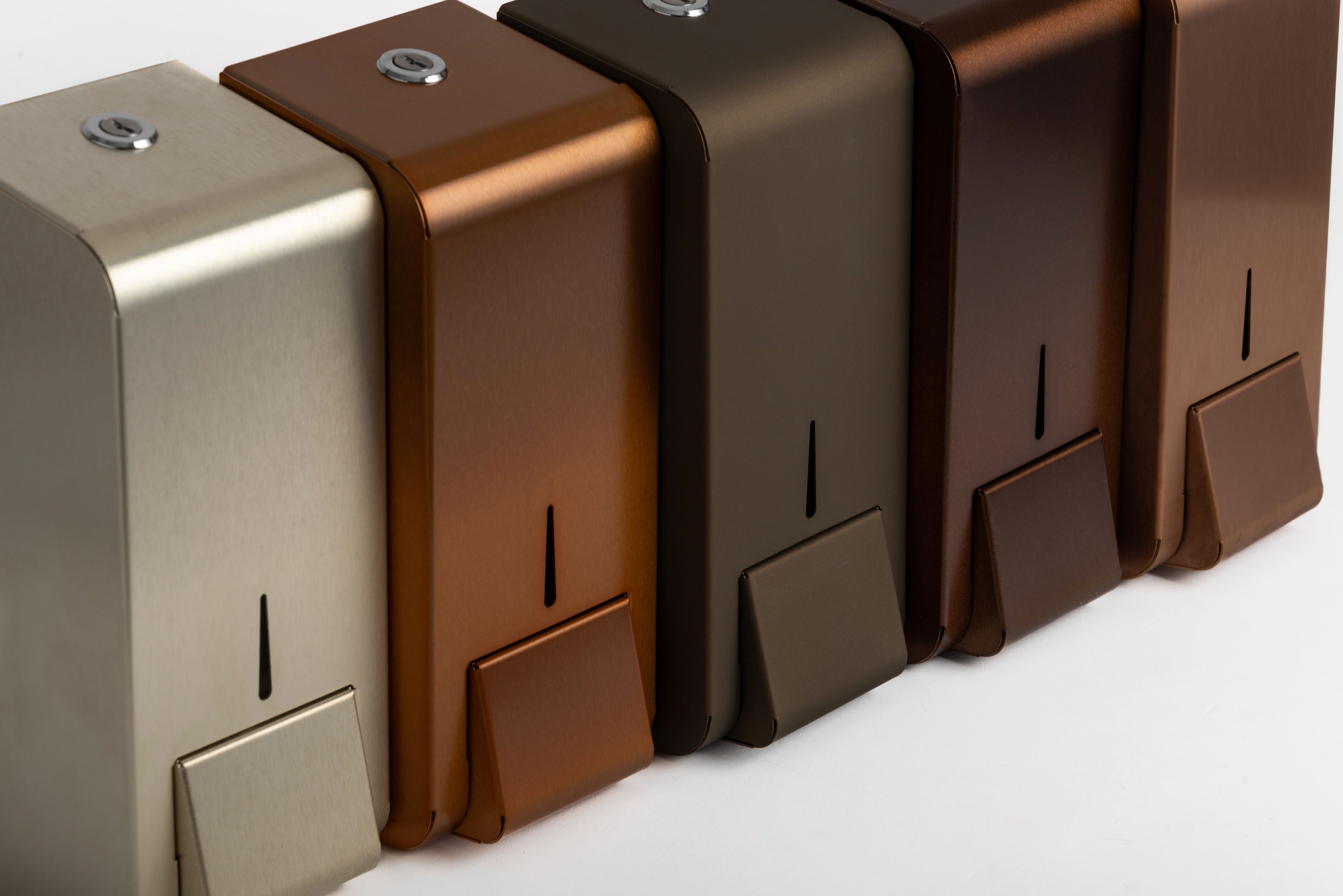When we think of public restroom facilities, we often picture rows of paper towels and overflowing trash cans. But what if we could replace these with a more sustainable and hygienic solution? This is where the hand dryer comes into the picture. In this blog post, we'll dive into why it's a good idea to install hand dryers, how they can help save paper, and what benefits they bring.
Why choose hand dryers?
There are several good reasons for choosing hand dryers for toilet facilities:
- Environmental friendliness: Hand dryers reduce the need for paper towels, which means fewer trees to be felled and less waste to be disposed of. This helps to reduce our environmental footprint.
- Financial savings: Although the initial investment in hand dryers may be higher than what it costs to purchase paper towels, the long-term savings in purchasing and waste management will quickly offset this expense.
- Hygiene: Modern hand dryers are designed to be hygienic as they often have contactless sensors that reduce the risk of bacteria spreading. Some models even have HEPA filters that remove bacteria and viruses from the air.
- Ease of use: Hand dryers are easy to use and require minimal maintenance. They eliminate the need to refill paper towels and empty overflowing trash cans.
Save paper with hand dryers
One of the most direct benefits of using hand dryers is the significant reduction in paper consumption. According to studies, an average hand dryer can save up to 24 pulls of paper towels per day. This not only means a big saving on paper, but also on the cost of buying and disposing of these towels.
In addition, the production of paper towels is energy-intensive and water-intensive. By switching to hand dryers, we can therefore also reduce water consumption and energy consumption in production.
Advantages of hand dryers
In addition to the advantages already mentioned, here are some additional points that make hand dryers an attractive choice:
- Lower operating costs: No costs for continuous purchase of paper towels.
- Reduced maintenance: Less time and money spent emptying bins and refilling dispensers.
- Modern technology: New models are often equipped with fast drying times and low energy consumption.
- Style and design: Hand dryers come in a variety of designs that can suit any interior style and add a modern touch to toilet facilities.
Frequently Asked Questions (FAQ):
- How do hand dryers work? Modern hand dryers use a strong airflow to remove water from the hands. Some models also use heated air to speed up the drying process.
- Are hand dryers hygienic? Yes, especially models with contactless sensors and HEPA filters, which remove bacteria and viruses from the air, making them very hygienic.
- How much energy does a hand dryer use? Energy consumption varies by model, but many modern hand dryers are designed to be energy efficient, with some consuming as little as 1.6 watts per hour. use.
- Are hand dryers environmentally friendly? Yes, by reducing the need for paper towels, hand dryers help save trees, water and energy used in paper production.
- How to install a hand dryer? Installation may vary depending on the model, but generally requires an electrical connection and wall mounting. It is recommended to have a professional install the device.
- How long does it take to dry your hands with a hand dryer? Most modern hand dryers can dry your hands in 10-15 seconds.
- What is the lifespan of a hand dryer? With proper maintenance, a hand dryer can last for many years. Most manufacturers offer a 5-10 year warranty.
Investing in hand dryers for toilet facilities is a smart and future-oriented decision. They not only help to reduce the environmental impact, but also offer an economical and hygienic solution that will benefit both the users and the facility managers.



















